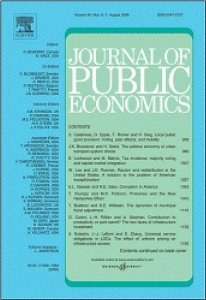
\Silva Montalva\, H.E. and Verhoef, E. (2013). Optimal pricing of flights and passengers at congested airports and the efficiency of atomistic charges Journal of Public Economics, 106:1--13.
-
Affiliated authorsHugo Silva Montalva, Erik Verhoef
-
Publication year2013
-
JournalJournal of Public Economics
This paper investigates and compares airport pricing policies under various types of competition, considering both per-passenger and per-flight charges at congested airports. We show that an airport requires both pricing instruments to achieve the first-best outcome, and we distinguish their role by showing that congestion externalities need to be addressed through per-flight tolls whereas the inefficiency caused by airlines' market power exertion must be corrected with per-passenger subsidies. We also show that Bertrand competition with differentiated products, a type of behavior recently pointed out by the empirical literature as pertinent, has policy implications that diverge from analyses that assume Cournot competition. The welfare gains and congestion reductions of congestion pricing would be higher than what has been advanced before; the degree of self-financing of airport infrastructure under optimal pricing would be increased and may approach exact self-financing; and the implied differentiation of charges between (asymmetric) airlines would be significantly smaller, presumably enhancing the political feasibility of welfare maximizing congestion pricing, as the potential distributional concerns would be decreased. Finally, we numerically analyze second-best policies, and find that atomistic pricing may offer a relatively attractive alternative to first-best congestion pricing. {\textcopyright} 2013 Elsevier B.V.